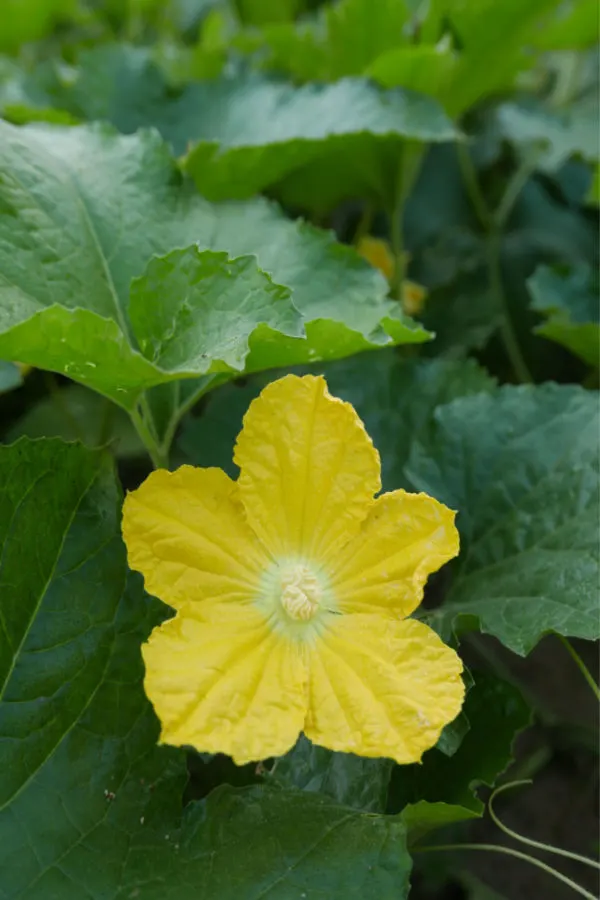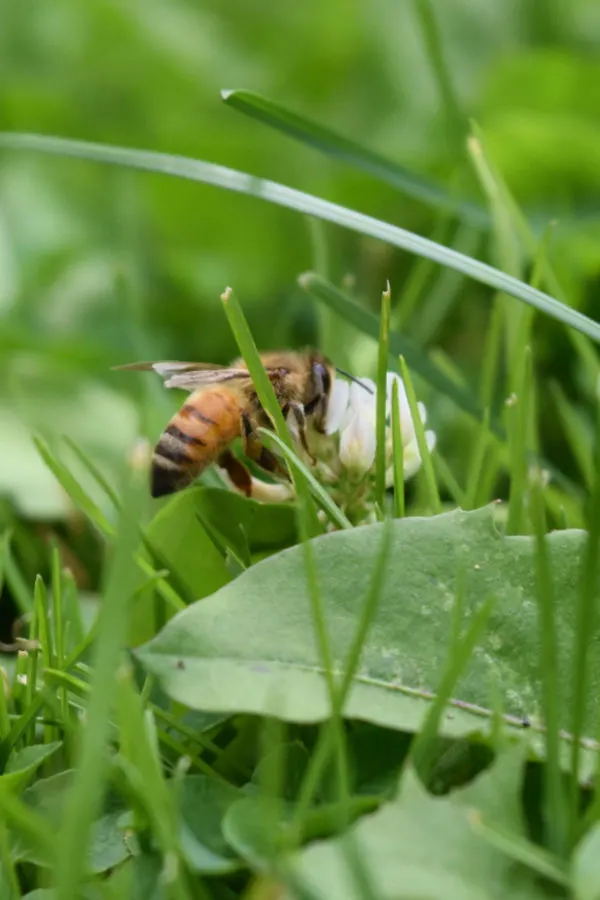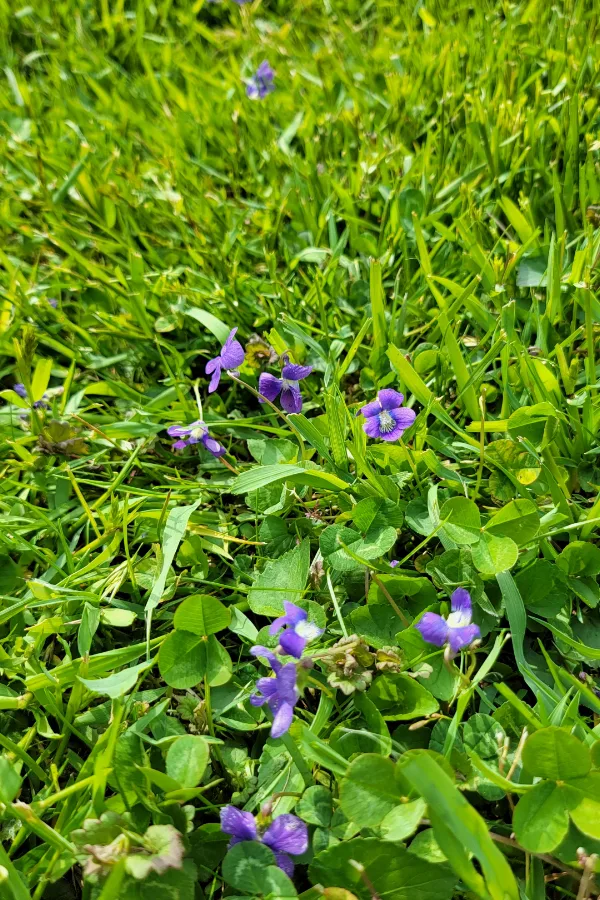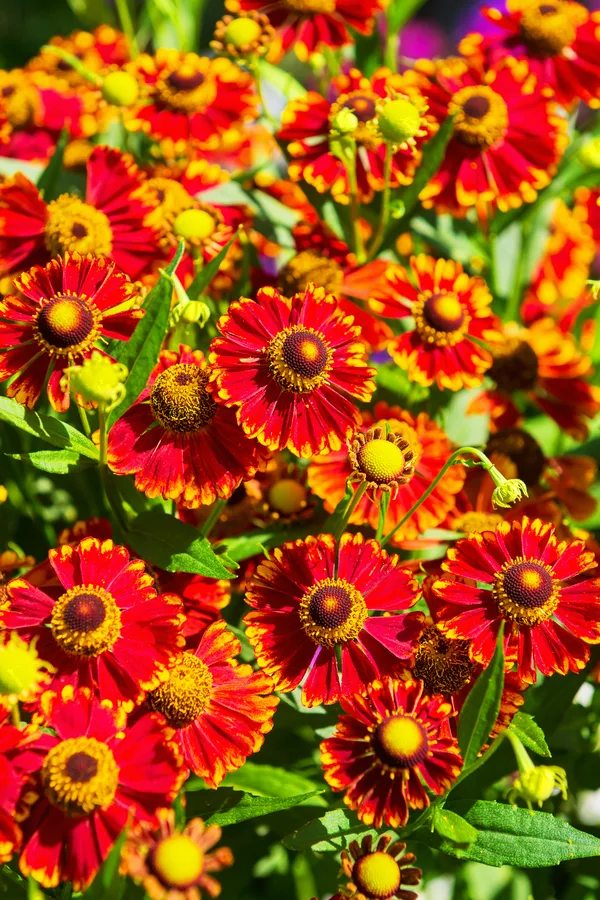When it comes to helping to save the honeybee population, did you know there are actually three simple things that anyone and everyone can do in their own landscape to help make a big difference?
It is no great secret that the honeybee is an incredibly magnificent insect. With a slew of varieties that cover nearly every part of the globe, the honeybee is responsible for pollinating nearly one-third of the food we consume.
In the backyard garden, honeybees provide a considerable amount of help as well. Not only are they a huge pollinator for cucumbers, zucchini, pumpkins, melons and more – they also are the main reason apples, blueberries and other fruit flowers can turn into fruit!

But beyond the food supply, honeybees are also responsible for so many of the wondrous blooms and flowers that color the landscape. In fact, in the wild, they are thought to be responsible for pollinating nine out of every ten plants. And, of course, many backyard annual blooms in flowerbeds as well.
The Struggle For Honeybees – How To Help Save Honeybees
Unfortunately, it’s also no great secret that beyond how much we need honeybees, they are struggling to survive. Sadly, honeybees have been on the decline for many years now. And, as honeybee colonies collapse more and more, it is taking a toll on the pollination needs of plants.
There are a lot of factors that go into the honeybee’s decline. Pesticides and chemical sprays are certainly at the top of the list. And as more and more natural settings make way for development, it too leaves bees with less of the plants and food sources they need to survive.
But here is the good news – all of us can help reverse the decline. And, as you will see below, without the need to go to great lengths. In fact, by doing just three simple things in your own backyard this year, no matter how big or small, you can help create a better habitat where bees can thrive once again!
3 Simple Ways To Help Save Honeybees
#1 Mow Your Lawn Higher
Believe it or not, one of the best ways to help honeybees is to simply mow your lawn higher. Not only will it help your bees – it will help your lawn stay greener and grow better too! See: Cutting The Grass – 4 Mowing Mistakes To Avoid For A Better Lawn!

So how does a higher lawn help bees? For starters, it allows many of the small blooming plants that grow in many lawns to still bloom and be worked. Clover, Dutch White Clover, Wild Violets, Creeping Thyme, Selfheal and yes, Dandelions are all important flowers to honeybees.
By simply raising your mower to three or four inches in height, many of these plants will still bloom below the cut line. Even better, by raising your mower blades up, the lawn holds in more moisture. Moisture the bees need for survival and that your lawn needs to stay green.
Of course, raising your mower up higher won’t help if those plants aren’t available for bees to work. And that leads to #2 on our list today – stop spraying for “weeds” and pests so much!
#2) Stop Spraying So Much – 3 Simple Ways To Help Save Honeybees
Plain and simple, every time you spray your lawn for insect control, bees are part of the casualty. Insecticides are not able to distinguish between good insects and pests. Because of that, a lot of bees are killed needlessly each and every year.
In addition, when you spray herbicides on your lawn and flowers, they too can kill insects that come in contact with them. The simple truth is that nature has a natural balance. And every time we spray to kill one pest, we are also killing other insects that can help to keep that balance in check.

Spraying your garden for aphids will also kill many of the ladybugs that kill the aphids in the first place. And, of course, it can kill the bees and butterflies that help pollinate the crops. The more you spray, the more chances there are to upset the natural balance of nature.
Spraying Smarter To Help Bees – 3 Simple Ways To Help Save Honeybees
When it comes to pests, there are better options if an insect problem absolutely needs addressed. For instance, Neem oil is all natural, and when applied correctly, can keep bees and other pollinators safe. Affiliate Product Link : Pure Neem Oil
In addition, the time of day you spray matters too. If you have to spray flowers, vegetables or your lawn for an issue – do so late in the evening when bees won’t be out. It gives time for these substances to dry. But spraying early in the day or mid day can put them at risk immediately. See : How To Use Neem Oil Safely
Finally, it is extremely important to realize that when it comes to your lawn, allowing clover, creeping thyme or dandelions to survive helps bees survive.

Take for instance dandelions, which come early in the season and are often one of the first significant flowers honeybees can work. As more and more lawns are sprayed to have nothing but wide open swaths of green blades of grass, the honeybees starve.
Remember that a healthy lawn is actually a lawn that is diverse. And allowing native plants to intertwine not only can help bees, it can also make your lawn very beautiful. In fact, it can be more beautiful with all of the blooms and not just giant expanses of green!
#3) Plant Lasting Sources Of Flowers – 3 Simple Ways To Help Save Honeybees
Last but not least – you can help bees by planting more of the plants they love into your landscape! Not only can it feed them from early spring until late fall – it can fill your space with bright, beautiful colors. Even more, hummingbirds, butterflies and all kinds of other wondrous creatures love them and will visit too!
Flowering annuals, whether in beds or containers and baskets all help bees tremendously. In fact, many cities have become excellent places for bee keepers because bees have such a wide range of flowering containers and baskets to visit!

Planting a wide range of perennials that bloom at different times of the year also can be a huge help to bees. Daylilies, bee balm, blanketflower, hostas and other early summer blooming plants all help bees early in the season.
Summer blooming flowers such as black-eyed Susan and coneflower come on in mid summer to give bees more food. And for fall, sedum and mums and other fall blooming plants can help bees store up for the winter.
The real key to success is to plant for the seasons. This way, the bees always have something to work. And in the process, it can help them and their colony to stay healthy and strong all year long. Here is to helping save honeybees – not to just stay alive, but thrive once again too!
Follow Our Facebook Page For Great Gardening Tips And Advice! This Is My Garden Facebook Page
This Is My Garden is a garden website created by gardeners, for gardeners. Jim and Mary Competti have been writing gardening, DIY and recipe articles and books and speaking for over 15 years from their 46 acre Ohio farm. They publish three articles every week, 52 weeks a year. Sign up today to follow via email, or follow along!
